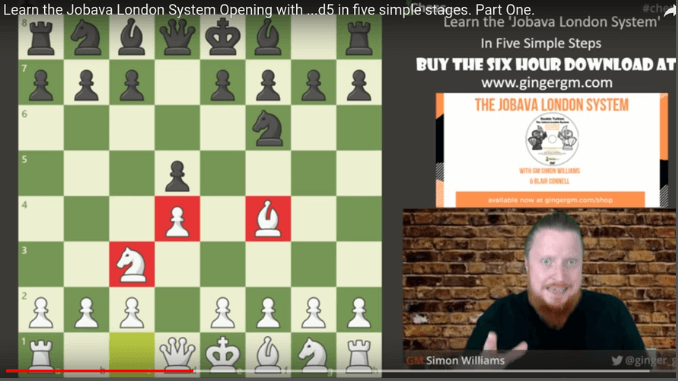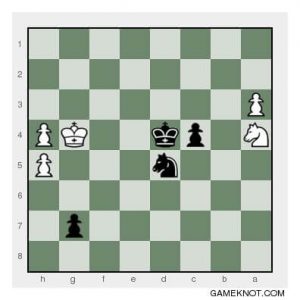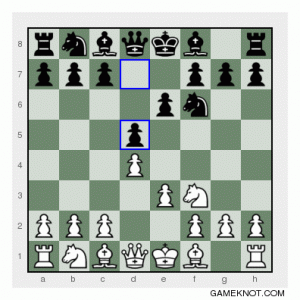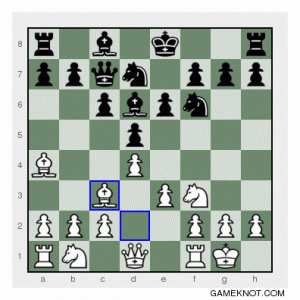
Simon Williams, aka “The Ginger GM,” has just published couple of videos and a 6-hour DVD about the Jobava London opening. It’s a relatively easy chess opening to learn as the White player because you almost always make the same two or three opening moves. That makes life a bit less complicated than is the case with other opening systems, which is why it might be the best chess opening for beginners playing white.
You may not have heard of the “Jobava London” opening, and that would be no surprise. The name for the opening has only just been coined by the Ginger GM himself for his new DVD about the opening.
As Simon explains,
It’s an opening which I’ve been very interested in for the last five years since I saw some top games by Baadur Jobava. He used this opening to beat some of the best players in the world. … I coined the name because I thought it should be named after the man himself because he’s the world’s leading practitioner.
Ginger GM: https://youtu.be/bPLrXjQyNFQ
Here’s the first of the Ginger GM’s two YouTube videos on the Jobava London opening:
Continue Reading



 4. Bb5+ c6 (easily dealing with the checking Bishop, and completing Black’s pawn set-up)
4. Bb5+ c6 (easily dealing with the checking Bishop, and completing Black’s pawn set-up)